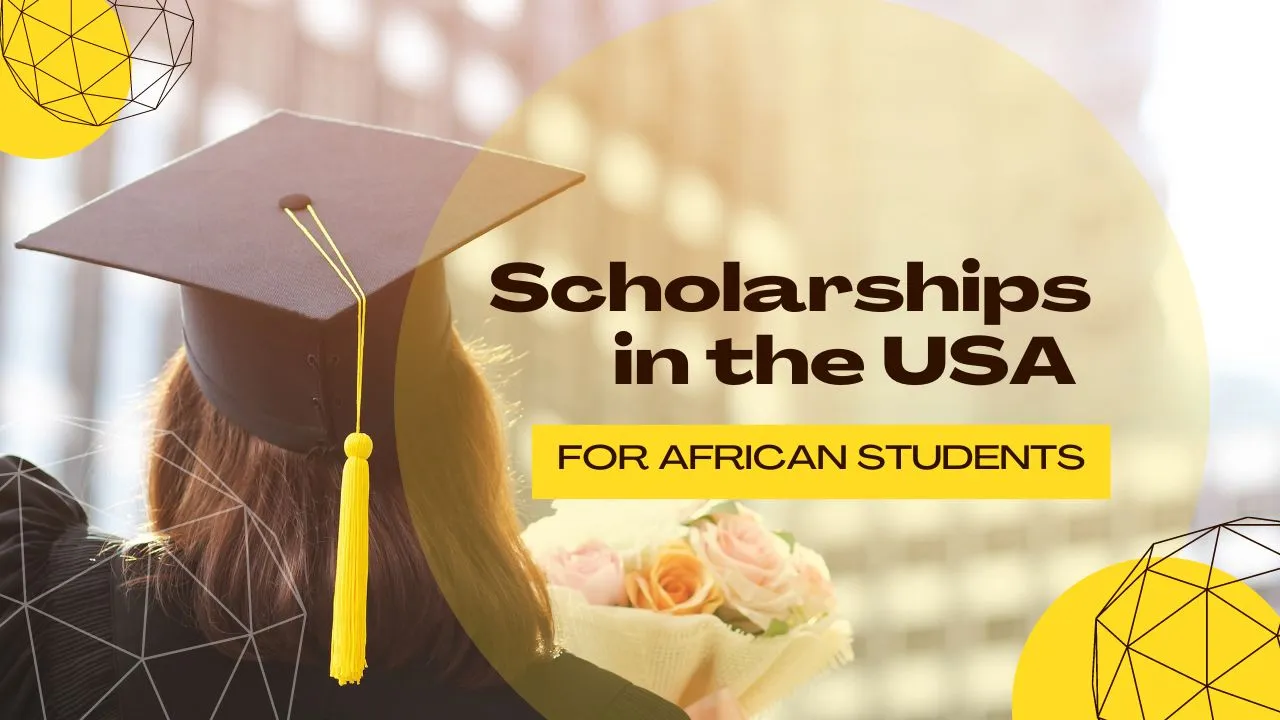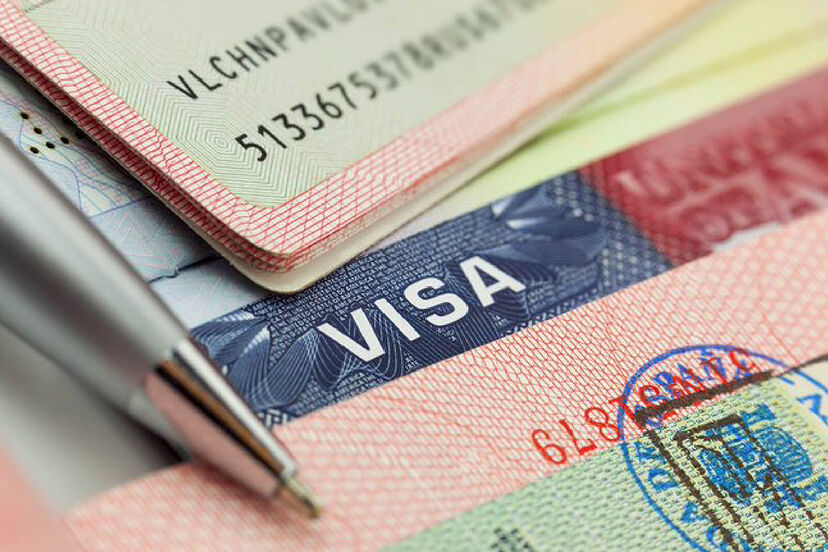Are you considering studying in the United States but concerned about the expenses? Many international students dream of pursuing their education in the U.S., but the cost of obtaining a visa can be a barrier. However, students have various opportunities to obtain a free visa to study in America. In this article, we will explore some avenues to help you secure a visa without financial burden, making your dream of studying in America a reality.
Types of Student Visas
Several types of student visas are available for international students who wish to study in the United States. The main types of student visas include:
- F-1 Visa: This is the most common type of student visa issued to international students who wish to enrol in an academic or English language program at a U.S. college or university.
- J-1 Visa: This visa is for exchange visitors participating in a variety of educational and cultural exchange programs in the U.S. It is often used for those participating in work-and-study-based exchange visitor programs.
- M-1 Visa: This visa is for students who want to pursue non-academic or vocational studies in the U.S. at an institution such as a technical school or a non-academic institution.
Documents needed to secure US student visa
When applying for a US student visa, you will typically need the following documents:
- Valid passport for travel to the United States
- Visa application confirmation page
- SEVIS fee payment receipt
- Form DS-160 confirmation page
- A recent photograph
- Form I-20 (for F-1 visas) or Form I-20M-N (for M-1 visas)
- Proof of financial resources to cover the expense of living and studying in the United States
English Language requirements for student visa in the US
To obtain a student visa for the United States, you may need to demonstrate proficiency in the English language. Most U.S. institutions require international students to provide evidence of English language proficiency through standardized tests such as the TOEFL or the IELTS
How to Apply to an SEVP-Approved Institution
To start processing a student visa, you must first apply to an institution certified by the Student and Exchange Visitor Program (SEVP). SEVP-approved institutions are authorised to enrol nonimmigrant students and support them throughout their academic journey in the United States. When researching institutions, ensure that they are SEVP-certified to facilitate a smooth visa application process.
Paying the SEVIS Fee
If you have been accepted to an SEVP-approved institution, you will be required to pay the Student and Exchange Visitor Information System (SEVIS) fee. This fee is a vital part of the process as it supports the maintenance and management of data relating to international students and exchange visitors during their stay in the United States. Be sure to follow the instructions provided by your institution to successfully pay the SEVIS fee.
Completing a US Student Visa Application
After paying the SEVIS fee, you can proceed to complete the US student visa application online through the US Department of State’s Consular Electronic Application Center. The application form will require you to provide accurate personal and contact information, details of your intended course of study, and your SEVIS ID. It’s essential to carefully review and double-check all entered information to avoid any errors that could delay the processing of your application.
Paying for Visa Application Fee
You will be required to pay the non-refundable visa application fee. The amount of the fee may varies depending on the type of visa you want to apply for,, so be sure to confirm the current fee schedule on the official website of the US Department of State. After payment, an email with a payment receipt will be sent to you, which you will need to present during your visa interview.
Scheduling and Attending a US Student Visa Interview
The next step in the process is to schedule and attend a visa interview at any nearest US embassy or consulate in your home country. It’s important to schedule your interview well in advance, as there may be a wait time for available interview slots. The visa interview is a must, during which a consular officer will assess your eligibility for a student visa. Be prepared to discuss your academic plans, ties to your home country, and ability to cover the costs of studying in the US.
Documents for the Visa Interview
Gathering the required documents for your visa interview is crucial for a successful application. These documents may include your passport, visa application confirmation page, SEVIS fee payment receipt, Form DS-160 confirmation page, a recent photograph, and your Form I-20 (for F-1 visas) or Form I-20M-N (for M-1 visas). Additionally, you will be asked to provide proof of financial resources and responsibility to show that you can comfortably take care of your expenses while studying in the United States.
Frequently Asked Questions
Can I work while studying in the United States on a student visa?
Under certain circumstances, F-1 and M-1 visa holders may be eligible to work on-campus or participate in practical training programs.
Can I bring my dependents with me on a student visa?
F-1 and M-1 visa holders can bring their family under the age of 21 to the United States under the F-2 or M-2 visa category.
What are the post-graduation opportunities for international students in the United States?
Upon completing their studies, eligible F-1 students may be able to participate in Optional Practical Training (OPT) or STEM OPT Extension, which allows them to gain work experience in their field of study.
Conclusion
The process of obtaining a free visa to study in America involves careful planning, thorough documentation, and adherence to the visa application guidelines. By following the steps outlined in this guide, you can embark on your academic journey in the United States with confidence, knowing that you are well-prepared for the process of obtaining a student visa. Remember, pursuing your education in the U.S. is a rewarding experience, and with the right knowledge, you can turn your dream into a reality. Good luck!




